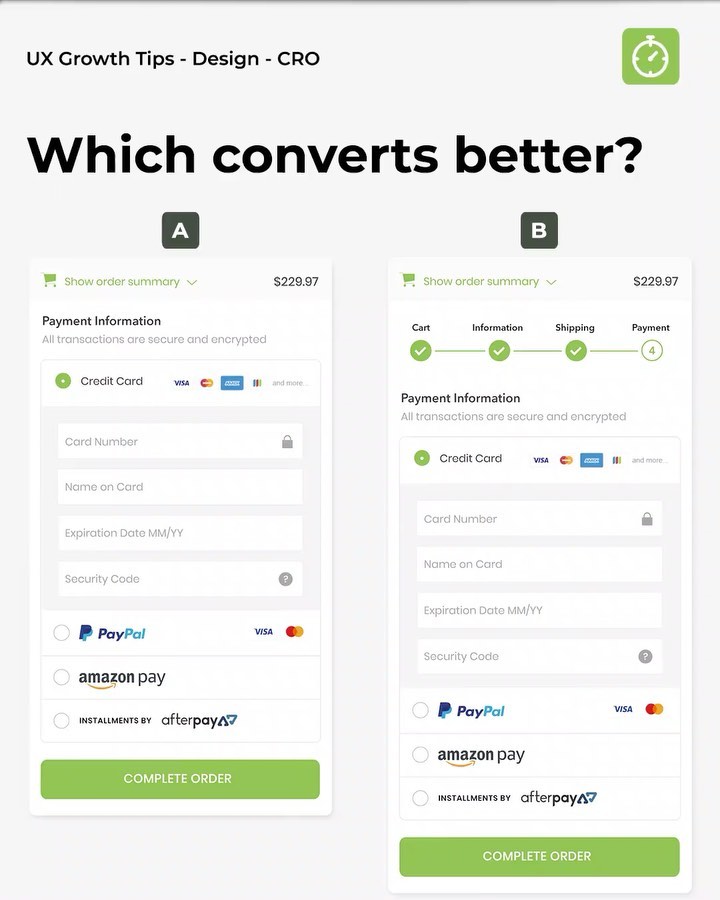Tools to Measure Your Online Store
In the digital age, measuring UX is crucial for success. Tools like Hotjar, Google Analytics, Delighted, Optimizely, SurveyMonkey, and UserZoom offer insights into user experience. Establishing KPIs like conversion rate and user engagement is key. Enhance UX by acting on feedback, identifying touchpoints, creating logical navigation, providing seamless onboarding, evaluating constantly, and ensuring cross-platform consistency.
Understanding the Importance of UX Metrics
In today's digital landscape, the measurement of user experience (UX) through various metrics plays a crucial role in the success of any online project. These metrics serve as valuable tools for interpreting user interactions with a product or service, providing insights that can guide decision-making processes. Metrics help transform raw data into actionable information that can be used to enhance the overall user experience.
By leveraging UX metrics, businesses can gain a deeper understanding of how users engage with their digital offerings, allowing them to identify areas for improvement and optimization. Companies like Google, Airbnb, and YouTube have successfully utilized UX metrics to refine their products and services, ultimately enhancing user satisfaction and driving business growth.
Popular Tools for Measuring UX
When it comes to measuring user experience (UX), having the right tools at your disposal is crucial. There are several popular tools available that can provide valuable insights into how users interact with your product or service.
Hotjar
Hotjar is a powerful tool that allows you to visually understand how users navigate your website. With features like heatmaps and session recordings, you can gain valuable insights into user behavior and make informed decisions to optimize the user experience.
Google Analytics
Google Analytics is a staple tool for measuring website performance and user engagement. By tracking key metrics like bounce rate, time on page, and conversion rates, you can gain valuable insights into how users interact with your site and identify areas for improvement.
Delighted
Delighted is a customer feedback platform that allows you to gather real-time feedback from users. By sending out surveys and collecting Net Promoter Scores (NPS), you can gain insights into customer satisfaction and make data-driven decisions to enhance the user experience.
Optimizely
Optimizely is an experimentation platform that allows you to test different versions of your website or app to determine which performs best. By running A/B tests and multivariate experiments, you can optimize your design and user flow to improve user engagement and conversion rates.
SurveyMonkey
SurveyMonkey is a popular survey tool that allows you to create and distribute surveys to collect user feedback. By gaining insights into user preferences, pain points, and satisfaction levels, you can make data-informed decisions to enhance the user experience.
UserZoom
UserZoom is a user research platform that allows you to conduct remote usability testing and gather insights from real users. By observing user interactions and collecting feedback, you can identify usability issues and make iterative improvements to optimize the user experience.
KPIs for Evaluating UX Success
Key Performance Indicators (KPIs) play a crucial role in evaluating the success of user experience (UX) initiatives. By focusing on specific metrics, businesses can assess the effectiveness of their UX strategies and make data-driven decisions. The following KPIs are essential for measuring and improving UX:
Conversion Rate
- Conversion rate measures the percentage of website visitors who take a desired action, such as making a purchase or signing up for a service. A high conversion rate indicates that users are engaged and find the website relevant.
User Engagement
- User engagement refers to the level of interaction and interest that users exhibit when interacting with a website or application. Metrics such as time spent on site, bounce rate, and page views can help gauge user engagement.
Website Usability
- Website usability focuses on how easy and intuitive it is for users to navigate and interact with a website. Testing methods like user testing and heatmaps can provide insight into areas of the website that may be challenging for users.
User Adoption
- User adoption measures the rate at which users accept and start using a new product or feature. It is essential to track user adoption to ensure that new developments are well-received and effectively implemented.
User Retention
- User retention metric evaluates the number of users who continue to engage with a product or service over time. High user retention rates indicate that users find value in the product and are likely to return.
Strategies for Improving UX
Acting on Collected Feedback
Acting on feedback gathered from users is essential to enhancing the user experience. This may involve implementing changes based on user suggestions or addressing common pain points identified through feedback.
Identifying Critical Customer Touchpoints
Identifying critical touchpoints is crucial for understanding where users interact most with your product or service. By focusing on these touchpoints, you can optimize the user experience and improve overall satisfaction.
Creating Logical Navigation
Logical navigation ensures that users can easily find what they are looking for on your website or app. By organizing content in a clear and intuitive manner, you can help users navigate through your product seamlessly.
Providing Seamless Onboarding Experience
Offering a seamless onboarding experience is key to retaining users and making a positive first impression. By guiding users through the initial steps of using your product, you can increase user engagement and satisfaction.
Continuous Evaluation of UX
Regularly evaluating the user experience is important for identifying areas of improvement. By collecting data and analyzing user behavior, you can make informed decisions to optimize the overall UX of your product.
Ensuring Consistent Cross-Platform Experience
Ensuring a consistent experience across different platforms is essential for maintaining user satisfaction. By providing a seamless experience regardless of the device or platform used, you can build trust with users and encourage engagement.



